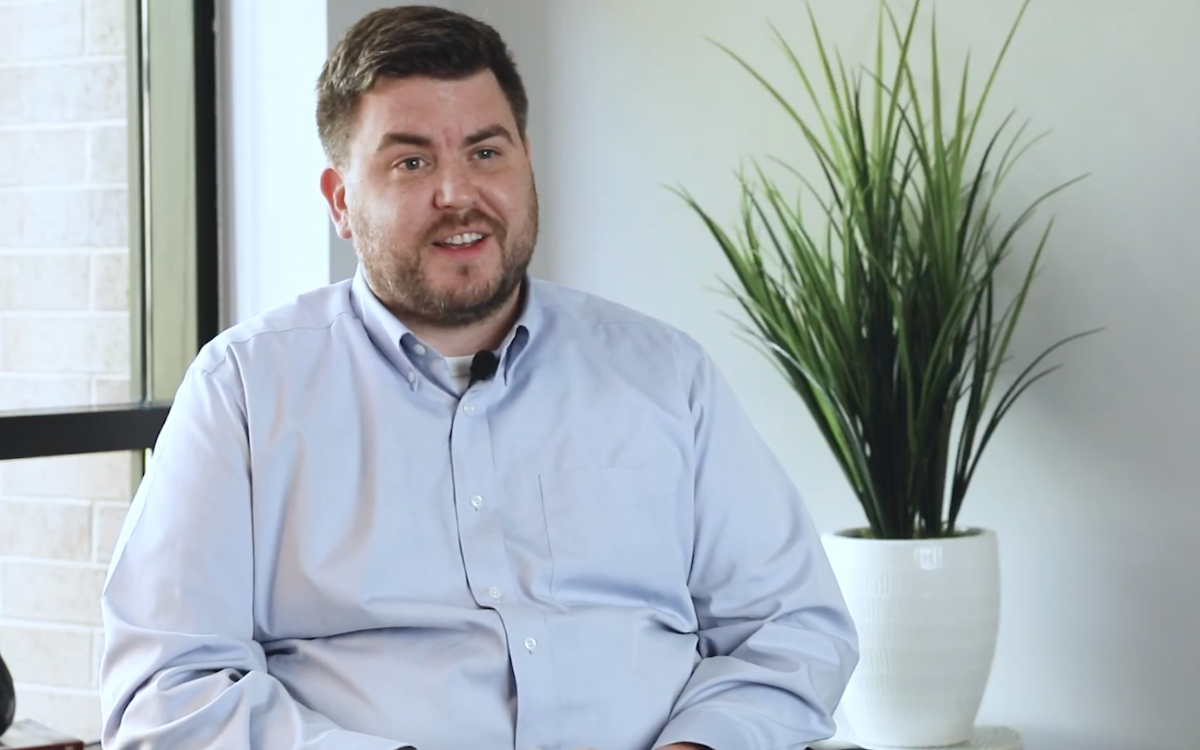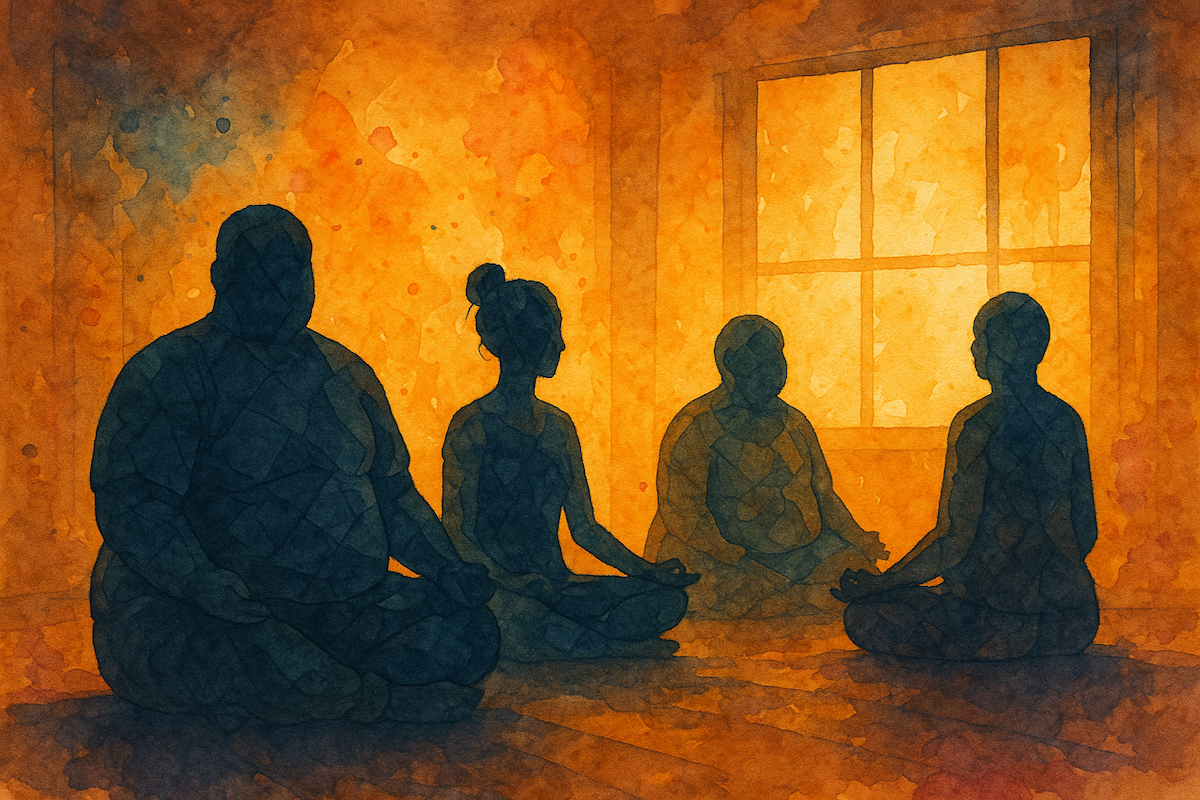For many, addiction doesn’t begin with parties or experimentation. It begins with pain — deep, often unspoken pain. For some, that pain comes from trauma, and when trauma becomes too heavy to bear, substances can feel like a way to numb the memories, silence the flashbacks, or soften the fear.
That’s where mental health disorders like PTSD and substance abuse often intersect. Understanding this connection is one of the most important steps toward healing both conditions. When trauma goes untreated, it can quietly drive substance use, and when substance use continues, it can make trauma symptoms even worse.
What is PTSD?
Post-traumatic stress disorder (PTSD) is a mental health condition that can develop after an individual experiences or witnesses a traumatic event — such as military combat, physical or sexual assault, childhood abuse, serious accidents, terrorist events, mass shootings, or natural disasters.
People with PTSD often relive the trauma through flashbacks or nightmares, feel emotionally numb or detached, and experience overwhelming anxiety or hypervigilance.
According to the National Institute of Mental Health, around 6% of adults in the United States will experience PTSD at some point in their lives¹. However, that percentage is believed to be much higher among individuals seeking treatment for substance use disorders.
The Connection Between Trauma + Addiction
When you’re living with trauma, it can feel like your body and mind are constantly on alert. The brain’s stress response system (particularly areas involving the amygdala and prefrontal cortex) can get stuck in fight-or-flight mode, making it difficult to relax or feel safe.
Substances such as alcohol, opioids, or benzodiazepines can temporarily quiet that internal alarm system. The relief feels real and immediate — but it’s painfully short-lived.
This cycle is sometimes called self-medication. It’s the brain’s attempt to find balance through the wrong tools. While alcohol or drugs may numb intrusive memories or emotional pain in the moment, they heighten anxiety, depression, and emotional instability over time.
In other words, each condition feeds the other, forming what’s often called a dual diagnosis — two co-occurring disorders that must be treated together for recovery to last.
A meta-analysis published in Addiction found that people with PTSD are up to four times more likely to develop a substance use disorder compared to those without trauma exposure². The reverse is also true: individuals with substance use disorders are significantly more likely to develop PTSD following trauma.
How PTSD + Substance Use Interact
The relationship between PTSD and addiction isn’t simple, but it often unfolds in familiar ways:
- Avoidance and numbing – People use substances to escape painful thoughts, memories, or emotions.
- Hyperarousal – Substances may be used to calm an overactive nervous system or help with sleep.
- Isolation – Both PTSD and addiction create distance from others, increasing loneliness and shame.
- Emotional dysregulation – Trauma can make emotions feel unmanageable; drugs or alcohol can seem like a way to control them.
Over time, substance use worsens trauma symptoms, leading to more emotional pain and thus heavier substance use. It’s a loop that can feel impossible to break without help.
PTSD, Addiction, + the Burden Carried by Veterans + First Responders
Military veterans and first responders — such as police officers, firefighters, and paramedics — face some of the highest risks for both PTSD and substance use disorders. Repeated exposure to life-threatening situations, physical injury, and the emotional weight of witnessing profound suffering can leave lasting scars on the nervous system.
Studies have found that up to one in three veterans seeking treatment for substance use also meet the criteria for PTSD, and rates are similarly elevated among first responders exposed to critical incidents and disaster response.3 The culture of toughness and emotional suppression that often surrounds these professions can make it even harder to seek help, leading many to self-medicate with alcohol or prescription drugs to manage anxiety, nightmares, or insomnia.
Comprehensive treatment for veterans and first responders must address not only the trauma but also the occupational stress, identity challenges, and emotional injuries that can accompany their work. Trauma-informed, veteran- and responder-specific programs — those that combine medical detox, psychotherapy, and peer support — are showing strong promise in helping these professionals reclaim stability and purpose.
Available at STR Silver Pines
Overwatch
If you’re a veteran or first responder facing mental health or substance use challenges, seeking help is a courageous step. You’re not alone — the Overwatch team provides expert care tailored to the unique experiences of high-stress professions, offering the understanding and support you need to achieve lasting recovery.

Silver Pines Detox + Residential
Mahanoy City, PA

Veteran + First Responder-Led Groups
Weekly process groups focus on PTSD, trauma, critical incident stress, reintegration into civilian life, and other specific challenges.

Specialized Housing
Private or shared accommodations with fellow veterans or first responders, fostering a supportive environment for recovery.

Priority Admissions + Transportation
We prioritize veterans and first responders with same-day admissions when possible and offer transportation within a six-hour radius.

Post-Traumatic Growth Focus
The post-traumatic growth inventory (PTGI) tracks progress across five areas: relationships, new possibilities, personal strength, spiritual change, and appreciation of life.
Why Treating Both Conditions Together Matters
When someone has both PTSD and a substance use disorder, treating only one rarely works. If the focus is solely on addiction treatment without addressing trauma, the individual may relapse when intrusive memories or emotional distress resurface.
On the other hand, trauma therapy alone may be too overwhelming if a person is still using substances to cope.
That’s why integrated, trauma-informed treatment is essential. According to research published in the Journal of Substance Abuse Treatment, dual diagnosis programs that address both PTSD and substance use simultaneously lead to better outcomes, fewer relapses, and improved emotional stability.4
These integrated programs typically combine:
- Evidence-based therapies such as cognitive behavioral therapy (CBT), eye movement desensitization and reprocessing (EMDR), or Seeking Safety — an approach specifically developed for co-occurring PTSD and substance use disorders.
- Medication-assisted treatment (MAT), when appropriate, is used to manage cravings or stabilize mood.
- Group and peer support, helping individuals rebuild trust, connection, and community.
- Holistic care — including mindfulness, yoga, and trauma-informed bodywork — to help reconnect mind and body in safe ways.
Finding Hope + Moving Forward
Healing from PTSD and addiction takes time, patience, and compassion — for yourself and from those who support you. But recovery is absolutely possible.
If you or someone you love is living with both trauma and substance use, reach out to STR for professional help. Our compassionate admissions team will place you in a treatment program that specializes in co-occurring disorders, offers trauma-informed care, and provides medical detox as well as multiple levels of care to ensure the right treatment intensity is available.
Because the truth is this: your trauma does not define you. With the proper treatment, it can become part of your healing story — a reminder of how far you’ve come and how strong you are.

Trusted Dual Diagnosis Treatment in Pennsylvania
Mental health and addiction are often deeply connected. At STR Behavioral Health, we provide evidence-based care for adults facing both substance use and complex mental health conditions. As a Joint Commission-accredited provider, we specialize in dual diagnosis treatment that addresses these co-occurring disorders together — because real recovery requires treating the whole person.
Lasting recovery begins with that first step. Contact our admissions team today or complete the form below to learn more about our dual diagnosis treatment program, as well as our Overwatch program for veterans and first responders. Recovery and peace are possible — and we’re here to help you get there.
References
- National Institute of Mental Health. (2023). Post-traumatic stress disorder. National Institutes of Health.
- Roberts, N. P., Roberts, P. A., Jones, N., & Bisson, J. I. (2015). Psychological interventions for post-traumatic stress disorder and comorbid substance use disorder: A systematic review and meta-analysis. Addiction, 110(1), 37–48. https://doi.org/10.1111/add.12683
- Seal, K. H., Cohen, G., Waldrop, A., Cohen, B. E., Maguen, S., & Ren, L. (2011). Substance use disorders in Iraq and Afghanistan veterans in VA healthcare, 2001–2010: Implications for screening, diagnosis, and treatment. Addiction, 106(9), 1607–1615. https://doi.org/10.1111/j.1360-0443.2011.03482.x
- Back, S. E., Killeen, T., Badour, C. L., Flanagan, J. C., Allan, N. P., & Brady, K. T. (2019). Concurrent treatment of PTSD and substance use disorders using prolonged exposure (COPE): A meta-analysis. Journal of Substance Abuse Treatment, 107, 118–128. https://doi.org/10.1016/j.jsat.2019.09.006
Contact Us
Take the first step toward recovery today. Call now to connect with a compassionate team member who will answer your questions and guide you through the admissions process.
Prefer we reach out to you? Complete our contact form, and we’ll be in touch soon.
Admissions






